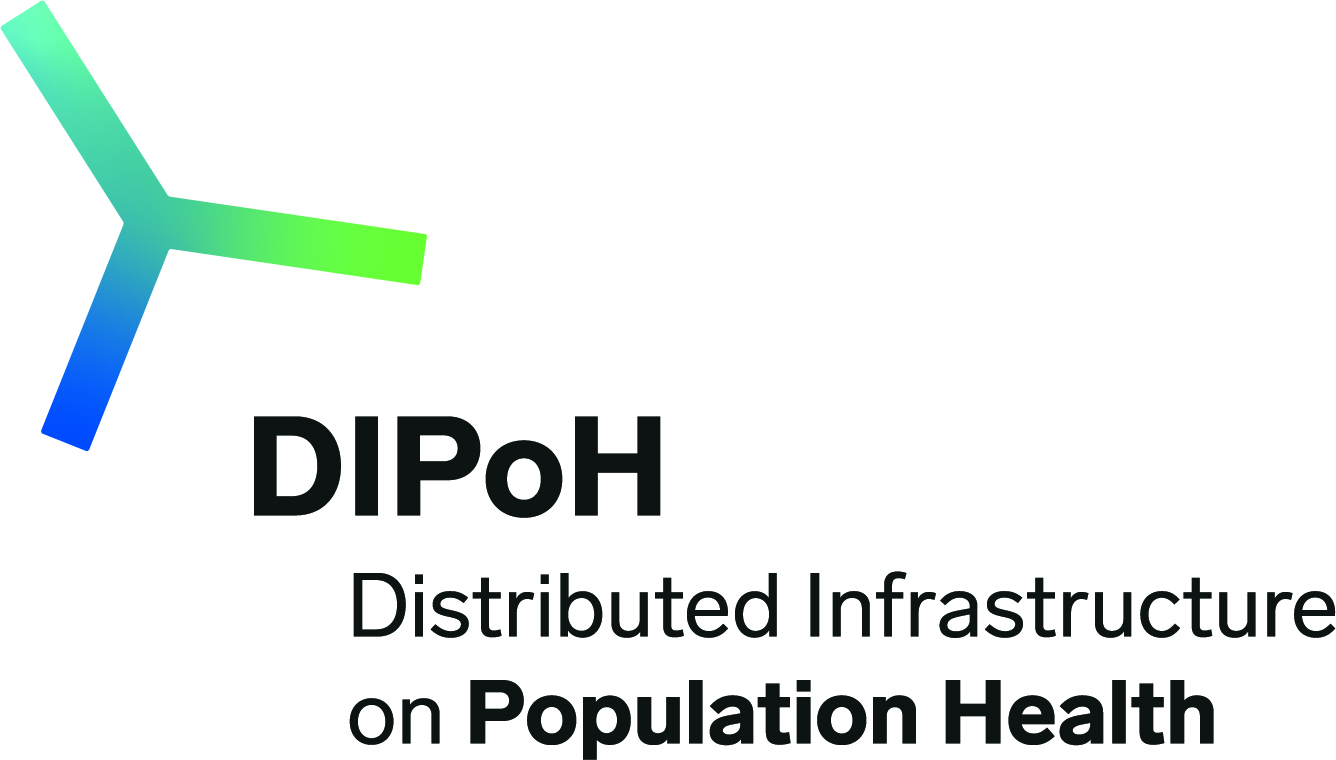The aims of ECRHS III are:
1) Describe change in respiratory symptom prevalence in adults as they age
2) Assess change in IgE sensitisation to common allergens in adults as they age
3) Determine whether the prognosis of asthma is influenced by any observed change in atopic status
4) Assess whether atopic status and asthma as measured over a twenty year period is associated with lung function decline or the development of COPD in older adults
5) Describe the association of obesity and physical exercise with asthma, lung function, lung function decline and the prognosis of asthma
The aims of ECRHS II are:
1) To determine the incidence and prognosis of allergy, allergic disease (asthma, hayfever and eczema) and low lung function in adults.
2) To describe the distribution of exposure to known or suspected environmental risk factors associated with the incidence and prognosis of allergy, allergic disease and low lung function.
3) To determine the risk attributable to chronic exposure to these environmental risk factors for the incidence and prognosis of allergy, allergic disease and low lung function.
4) To identify subgroups within the population based on gender, prior disease status, bronchial responsiveness and genetic risk who may be more susceptible to these environmental risk factors and measure their excess risk.
5) To establish a bank of blood samples suitable for DNA extraction taken from representative samples of the population that can be linked to health and environmental information.
Main Aims of ECRHS I are:
1) Estimate variation in prevalence of asthma, asthma-like symptoms, atopic sensitisation and BR
2) Estimate variation in exposure to known or suspected risk factors for asthma and assess how they explain variation across Europe
3) Estimate variation in treatment for asthma in Europe
| Institution | Country | Website |
|---|





